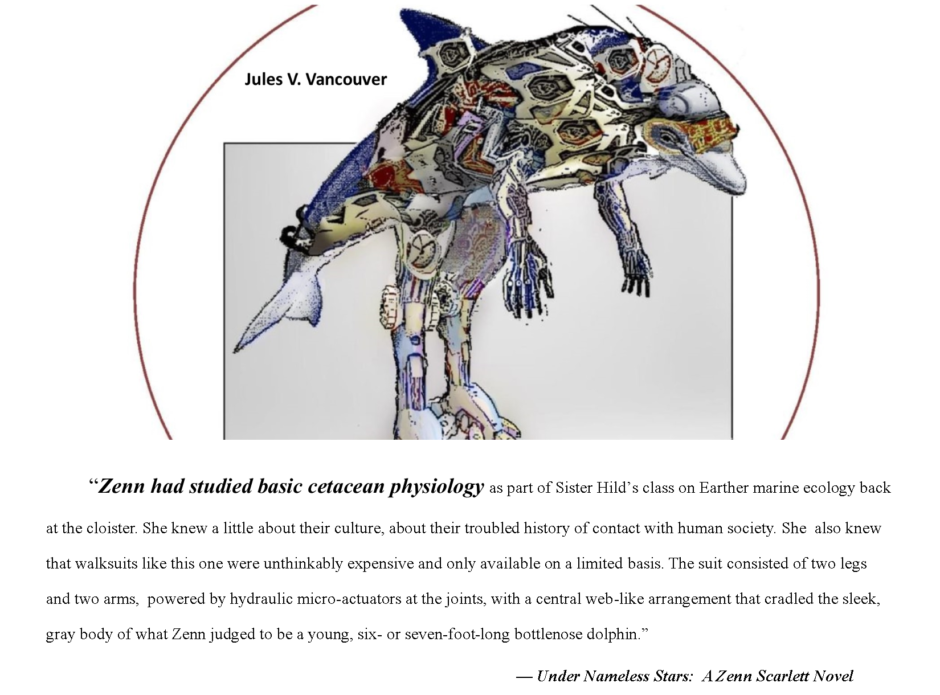Now then, the premise of the article that prompted this post is a bit of a stretch. A bit of a gi-normous not-bloody-likely stretch, actually, even for an exo-life-presumer like me. But I had to post it primarily because it describes its content as the result of “geo-boffinry.” Boffins, as you UK types have known for years, are authorities, scientists, those-who-know-more-than-the-rest-of-us. But the term is seldom glimpsed here in the U.S., possibly having to do with its nineteenth-century cachet of dank museum basement offices and musty taxidermy displays, but hey, I’m not judging… This latest boffination claims that some superearths, those giant exo-planets bigger than Earth but smaller than Neptune, might generate pressures that create liquid metal which might create a magnetic shield. This shielding might then protect a life form that might have evolved on said mega-world. Yeah, lotsa mights in there… Anyway, for those of you interested in the geo-boffinic details:
“A geo-boffinry study has found that super-Earths could have oceans of liquid metal and magnetic shields that protect life on their surfaces.”
“It is often thought that a planetary magnetic field protects life on a planet’s surface from harmful space radiation, like cosmic rays,” geophysicist Stewart McWilliams, with the Carnegie Institution and Howard University, told Discovery News.
“What we find is that magnetic fields may exist on more super-Earth planets than expected, resulting from the transformation of the planet’s rocks to metals in the deep interior. This could create new environments for life in the universe.”
The full article is at the UK’s Register. Happy boffinizing.
